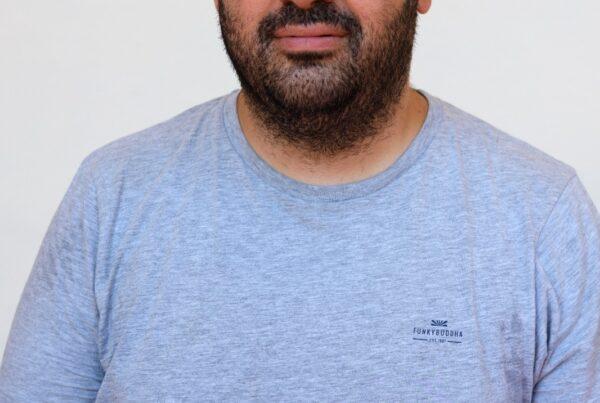Ntho di bonwa ka ho tsamaya is a Sesotho expression meaning “one learns by travelling.” For me, both literal and imaginative journeys constantly water my artistic and personal growth. Whenever I travel, I like to learn about the place; its social, political, cultural, and economic context.
Ntho di bonwa ka ho tsamaya is a Sesotho expression meaning “one learns by travelling.” For me, both literal and imaginative journeys constantly water my artistic and personal growth. Whenever I travel, I like to learn about the place; its social, political, cultural, and economic context.
So, you can imagine my curiosity as I prepared to visit Canada, specifically Montreal, for the first edition of LA MÈCHE COURTE. At the same time, I was deeply involved in a Judicial Theatre project for 10 – 12-year-olds called NOMPILO, co-written with Omphile Malusi. The play tells the story of a young girl who becomes confused when told that “No means Yes and Yes means No.” Her confusion leads to a painful experience of sexual assault – and a search for truth in what we called the “Judicial Jungle.”
The research for NOMPILO took me to different places, connected me with people, and introduced me to important readings, including Loretta Ross’s idea of “calling in.” Her theory inspired me to create layered, complex and nuanced characters. I learnt that child sexual molesters are rarely strangers; they are often trusted parents, guardians, caregivers, relatives, or friends.
Later, I travelled to KwaZulu-Natal; a province in South Africa, to watch the performance of NOMPILO. I was moved by the symbolic use of ribbons in the production. My mind immediately travelled to the 1989 École Polytechnique massacre in Montreal and the birth of the White Ribbon Movement, a global campaign against gender-based violence. Coincidentally, November 20 of that same year marked the adoption of the United Nations Convention on the Rights of the Child (UNCRC). Its three guiding pillars; Protection, Provision, and Participation – continue to shape our work here in ASSITEJ.
Through a conversation with the director, Zama Nande Mngadi, I learnt that the ribbons in her production represented innocence. This symbolism was beautifully expressed in the costume – a black dress decorated with ribbons across the bust, waist, and hips, subtly marking the areas most often violated. This choice made the portrayal of trauma both tender and evocative.
Reflecting on all this, I realised how theatre and the performing arts allow us to travel; physically, emotionally, and imaginatively. I believe it is a precious gift that I hope to water with care, especially because we make art with, for, and about children.







